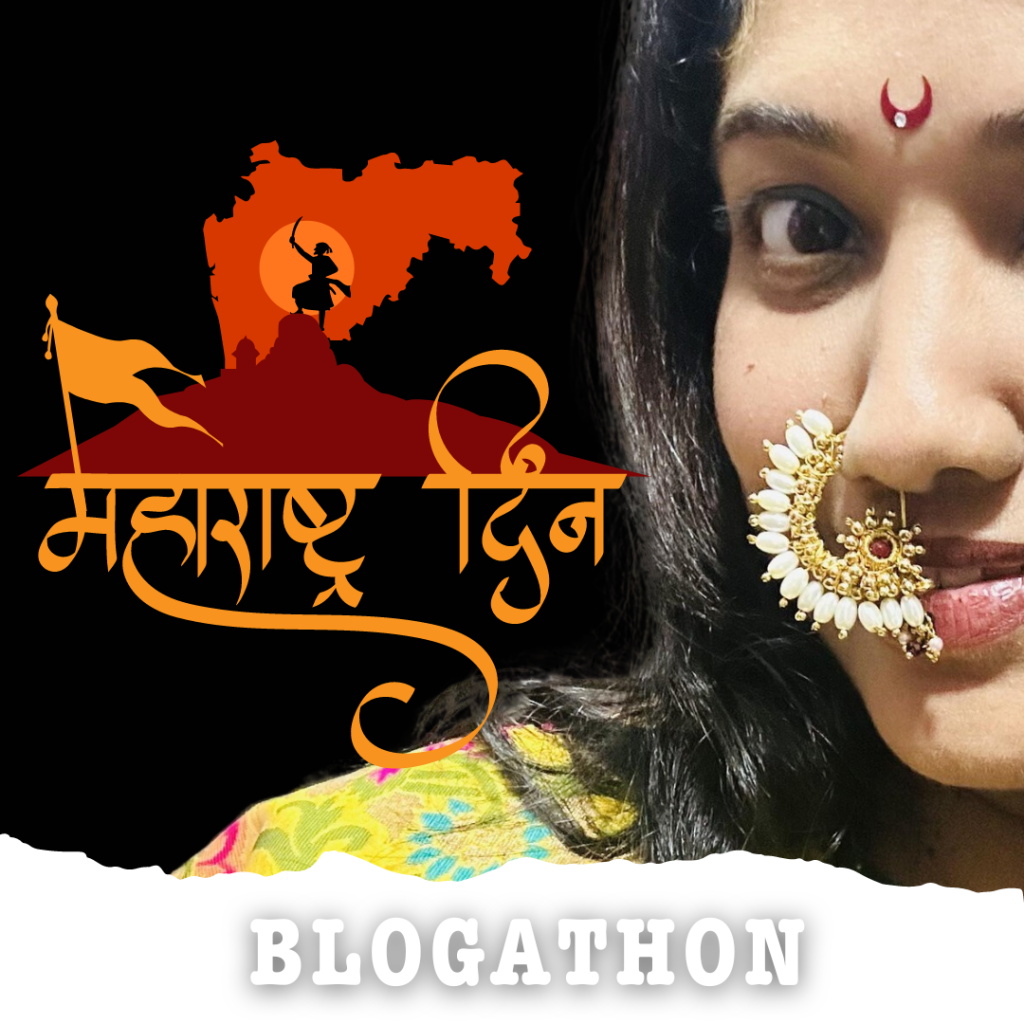November 14th is a special day in India, as it marks the birthday of Pandit Jawaharlal Nehru, fondly known as “Chacha Nehru.” It’s a day dedicated to celebrating childhood and is rightly known as Children’s Day. On this occasion, what better way to engage with young minds than by delving into the enchanting world of storytelling? As we celebrate the innocence, curiosity, and boundless creativity of children, let’s explore some exciting ways to create stories that captivate their imaginations.
1. Embrace the Magic of “What If”: Every great children’s story starts with a simple “What if” question. What if animals could talk? What if the moon was made of cheese? These questions open the door to whimsical adventures, and they can inspire a whole story.
2. Create Relatable Characters: Children connect with characters who face challenges and emotions they can understand. Make your characters relatable, each with their unique quirks, dreams, and fears. This allows children to see themselves in the story.
3. Build a Vivid Setting: Whether it’s a mystical forest, a bustling city, or a hidden pirate cove, the setting plays a crucial role in immersing children in the story. Describe it in vivid detail to ignite their imagination.
4. Weave a Moral or Lesson: Many great children’s stories carry a valuable lesson or moral. It could be about friendship, kindness, or the importance of believing in oneself. Weave this lesson subtly into your narrative to impart wisdom.
5. Add Elements of Surprise: Children love surprises. Introduce unexpected twists, clever riddles, or mysterious hidden objects in your story. These elements will keep young readers engaged and eager to discover what happens next.
6. Encourage Participation: Engage children by asking questions throughout the story. “What do you think happens next?” or “How would you solve this problem?” This interactive approach encourages their active participation.

7. Use Colorful Language: Children’s stories thrive on vivid and expressive language. Paint pictures with your words and engage all their senses. Describe the sounds, smells, and tastes in your world.
8. Keep it Age-Appropriate: Consider the age of your audience. Stories for toddlers will differ from those for preteens. Tailor your language, themes, and complexity accordingly to suit their developmental stage.
9. Read Aloud and Revise: Once your story is complete, read it aloud to ensure it flows smoothly. Make revisions as necessary, and don’t be afraid to seek feedback from young listeners. Their honesty is invaluable.
10. Share the Joy: Whether you’re a parent, grandparent, teacher, or just a storyteller at heart, share your stories with children. Your enthusiasm and love for storytelling will make the experience even more special.
Creating stories for children is a gift that keeps on giving. It’s a chance to foster their creativity, ignite their imagination, and instill important life lessons—all while having a lot of fun. So, pick up that imaginary pen, dive into the world of “What If,” and let your storytelling adventures begin. The joy of crafting magical tales for children is a journey you’ll treasure for a lifetime.
Drop in your short stories for children using the BLOG button below and we will publish the best ones on our website on Children’s Day. What’s more? You’ll also receive a certificate of merit for crafting the story. Happy writing!
Sponsored





Leave a Reply